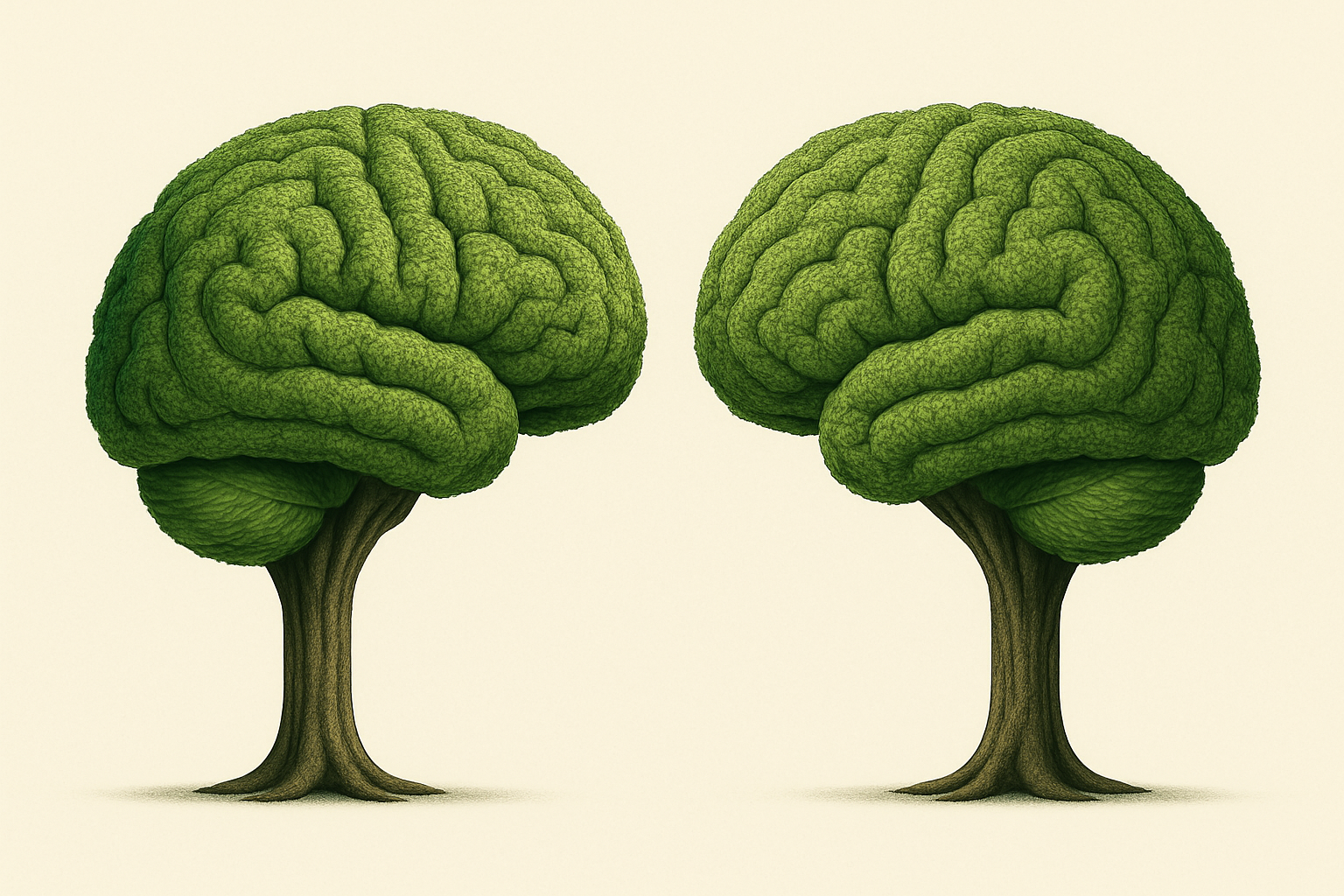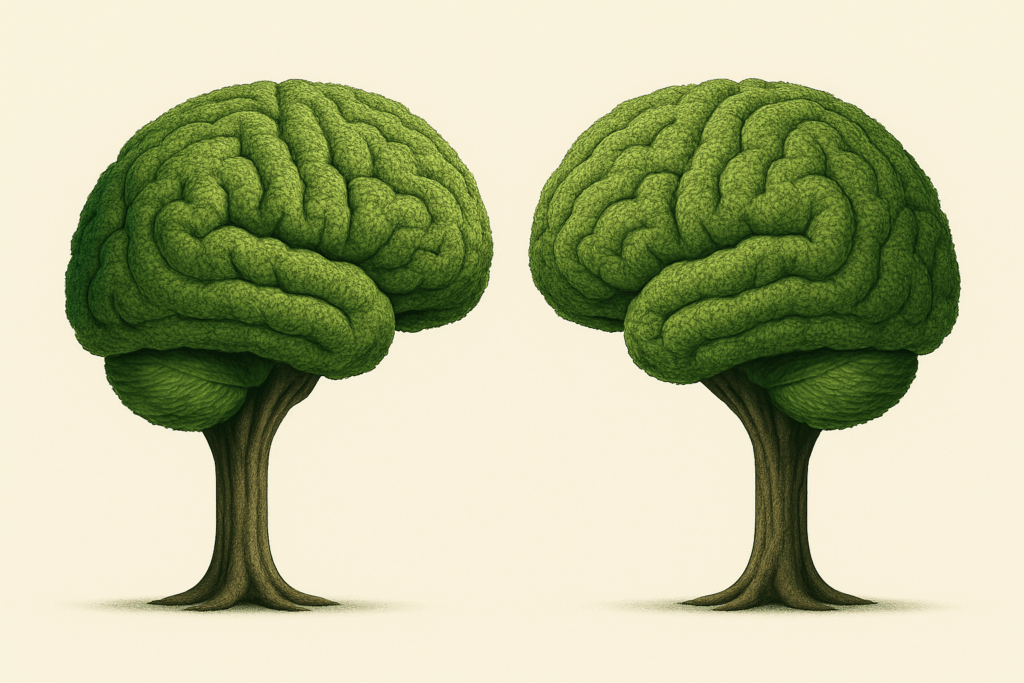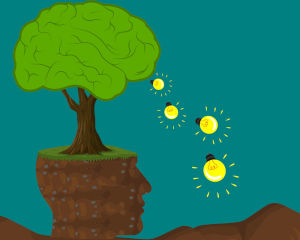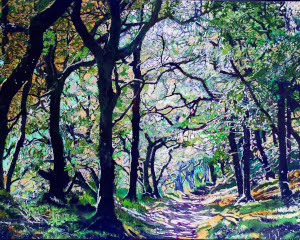

Thinking Fast, Smelling Faster: Olfaction, Plants, and the Two Systems of Thought
By Gayil Nalls
Sign up for our monthly newsletter!
In 2011, I read psychologist Daniel Kahneman’s book Thinking, Fast and Slow and attended his talks in New York, looking for insight into how what he laid out in the book might apply to olfaction. In his effort to explain human decision-making, Kahneman outlined human cognition within a framework of two systems. System 1: fast, automatic, and intuitive, and System 2: slow, deliberate, and analytical.
I looked at olfaction through the lens of his framework. Among all human senses, smell is the fastest. Olfactory signals bypass the thalamus (the brain’s relay center for other senses) and go straight to the amygdala and hippocampus, where emotional memory and instinctive responses are processed. This makes olfaction quintessentially System 1:
You smell smoke → you feel alarm before you think, or you catch a whiff of lavender → your body relaxes before you realize why. You detect spoiled food → disgust precedes judgment. Kahneman describes System 1 as “effortless, associative, emotional.” Scent fits all these descriptors. It triggers snap judgments, protects us from danger, and influences our decisions long before rational analysis kicks in.
But smell is not only primal. It is also poetic, cultural, and deliberative, engaging System 2 when we begin to interpret, narrate, and analyze its presence. Think of a childhood scent experience that now evokes layered memories—what has been called the Proustian effect. Sensory memory has become a symbol for this phenomenon, which neuroscientists now call odor-evoked autobiographical memory.
The experience of the olfactory sculpture World Sensorium unfolding over time is a good example of System 2, revealing changing smells like the chapters of a story. Yet here are mostly no words to describe a smell—requiring analogy, metaphor, or art. This cognitive stretching is System 2 at work: slow, reflective, interpretive. In the realm of scent and memory, olfaction serves as a portal to autobiographical and cultural knowledge.
Surprisingly, I have found myself thinking about thinking fast and slow again, but this time, trying to understand the responsive intelligence of plants. Plants, of course, do not think in the human sense. But they do perceive, interpret, andadapt to environmental information through sophisticated biological systems. System 1-like in plants is seen in reflexive responses such as the Venus flytrap snapping shut or Mimosa pudica folding its leaves when touched. System 2- in plants is the learned behaviors such as habituation, priming, or strategic chemical signaling in response to repeated environmental challenges. Chemical signaling and long-term phenotypic changes in response to drought or herbivory (e.g., increasing root depth, tannin production) show strategic responses over time.
What’s remarkable is that olfaction exists in both realms. Plants emit and detect volatile organic compounds (VOCs) to signal danger, attract pollinators, or communicate with neighbors. These chemical signals are the plant world’s version of smell, scent processed without neurons but fast, information-rich, and purposeful.
For instance, when one plant is attacked by an insect, it may release VOCs that alert nearby plants to ramp up their own defenses—within minutes (Heil & Karban, 2010). This rapid signaling, similar to our unconscious reaction to danger smells, is a fast-acting, distributed intelligence—a System 1 analog in botany.
Yet plants also make slow “decisions” about growth direction, flowering time, or stress responses based on cumulative data. Like System 2, these behaviors involve integration, memory, and adaptation over time.
Kahneman’s work assumes acentral nervous system, butplants have a distributed intelligence. Plant’s “decisions” emerge fromnetworks of cells, hormones, ion channels, and gene expression, not centralized thought. This aligns more withembodied cognitionorextended mind theories, where intelligence is not localized in a brain butspread across an organism and its environment.
Atmospheric thinking is one of the bridges between us and plants. Kahneman’s model reminds us that not all intelligence is conscious, and not all thought is slow. Olfaction is an atmospheric form of knowing—it operates in the background, shaping perception and behavior before we’re aware of it.
Plants exist in that same atmosphere. But they read the chemical signatures in the air as carefully as we read social cues. And they respond—silently, wisely, and sometimes, rapidly.
By studying how both humans and plants use scent to navigate their environments, we can appreciate intelligence as a shared capacity across biological life, not the exclusive property of brains.
Kahneman’s Thinking, Fast and Slow wasn’t written with plants in mind. But its insight into the layered nature of cognition, automatic and reflective, fast and slow, offers a meaningful lens through which to view olfaction as a sensory and ecological intelligence.
Smell is one of the most ancient and powerful ways that life interprets the world. By attending more closely to how olfaction shapes our judgments and how plants use it to survive, we take a step toward a more attuned, ecological way of knowing.
Plants may not think like us, but they live and respond in rhythms not unlike our own: fast and slow, instinctive and adaptive. And in the invisible medium of scent, our worlds converge.
Gayil Nalls, PhD is an interdisciplinary artist and theorist, and the founder of the World Sensorium Conservancy.
References:
Kahneman, D. (2011). Thinking, Fast and Slow. Farrar, Straus and Giroux.
Gagliano, M., Renton, M., Depczynski, M., & Mancuso, S. (2014). Experience teaches plants to learn faster and forget slower. Scientific Reports, 4, 5145. https://doi.org/10.1038/srep05124
Heil, M., & Karban, R. (2010). Explaining evolution of plant communication by airborne signals. Trends in Ecology & Evolution, 25(3), 137–144. https://doi.org/10.1016/j.tree.2009.09.010
Herz, R. S. (2005). The unique interaction between language and olfactory perception and cognition. American Journal of Psychology, 118(3), 389–410.
Plantings
Issue 50 – August 2025
Also in this issue:

An Existential Reflection on Plant Intelligence
By John Steele

The Art of Sustainability: How to Care for a Tiny Planet in a Big Universe
By Daria Dorosh

The Arborealists: Tree Painters from the United Kingdom
By Philippa Beale

Schilthuizen’s Darwin Comes to Town, and You Too Should Join Him
By Caterina Gandolfi

“Small Is Beautiful”: A Conversation with Renate Christ on Climate, Culture, and What We Stand to Lose
By Gayil Nalls

Eat More Plants Recipes:
Chopped Salad with Lime Dressing
By Gayil Nalls

As Ireland transitions from the rich, smoky scent of peat-burning to a more sustainable future, its olfactory heritage is evolving. What will become the next iconic aromatic symbol of Ireland?
Click to watch the documentary trailer.

